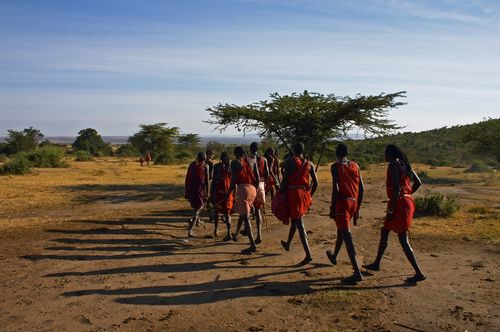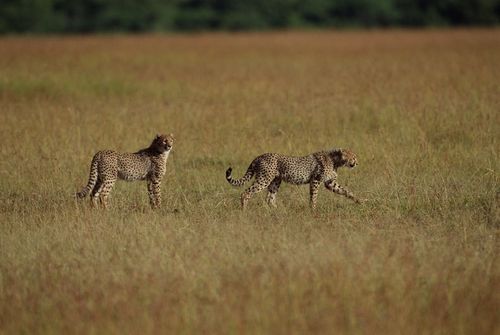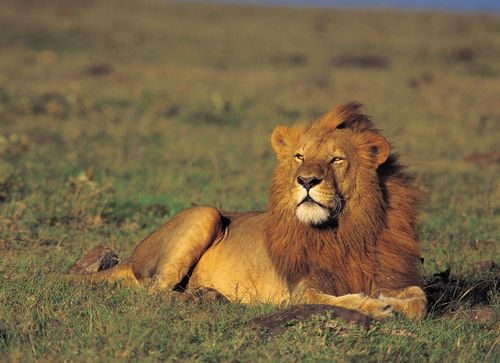|
|
Kenya has emerged as a global leader in eco-tourism with its unbound treasure of beautiful natural reserves and diversity of scenery. Opportunities are galore in this African nation that ranges from its golden beaches on the Indian Ocean to its challenging Mountain climbs over Mt. Kenya. Vacationers with adventurous streak of mind can grab the Kenyan offers for wild safaris and also travel to its arid northern desert regions, home of the nomadic tribes still unaffected by modern times. Another captivating aspect about Kenya is its colourful culture born out of countless sources. Situated on the eastern fringes of the African continent, Kenya is a land of unending change, contrasts and diversity. The country shares its political boundaries with Ethiopia on the north, Somalia on the east, Tanzania on the south, Uganda on the west and Sudan on the northwest and. The aquamarine borders of Kenya include Lake Victoria or Victoria Nyanza on the southwest and the Indian Ocean on the southeast side. Nairobi is the capital and largest city of the country, Mombasa being the most important port.
The topography of Kenya straddles around the Equator and thus displays several geographical features. It starts with a narrow, coastal strip on the east along the Indian Ocean that is low lying. These lowlands gradually rise to a vast highland in the central part of the country that constitutes most of Kenya's agricultural land area. The Kenyan highlands are rift apart by the Great Rift Valley on the western part of the country. It is also the location of some of the country's highest mountains, including Mount Kenya that peaks at 17,058 ft/5,199 m. Kenya is also home to some great rivers and lakes. The climate of Kenya varies according to its geographical locations. It is more moderate on the coastal area compared to the scorching temperatures on the northern arid regions.
 The Masai
The Masai
|
Kenya has been crossed by the paths of a long and complex history that started from the prehistoric records of early man. Existence of fossils found around Lake Turkana suggests human inhabitation over Kenya some 2.6 million years ago. The land came under Arab influence for some time, however, it was Vasco De Gama‘s arrival on Kenyan shores at the end of fifteenth century exposed the country to the world. For next few decades, the Portuguese tried to gain control of the Kenyan coast but faced fierce resistance from local tribes. After brief German occupancy, Kenya came under the realm of the Imperial British East Africa Company in 1888. Independence movement started from the early twentieth century and it gained momentum by 1956 following the Mau Mau movement, made up of Kikuyu militants. Kenya gained independence on 12th December 1963.
 Cheetahs in the savanna
Cheetahs in the savanna
|
Jomo Kenyatta, a nationalist leader, became the first president of the country and Kenya today has a multiparty political set up with support of a constitution. The president heads the government and is popularly elected for a five-year term. Out of the 224 members of the unicameral National Assembly or Bunge, 210 members are elected by popular vote and the rest are appointed by the president. Despite the negative impact of corruption, severe drought, low investor confidence and political infighting, Kenya has emerged as one of the flourishing economies of East Africa. With the financial support from the World Bank, IMF, and other donors, Kenyan government is moving towards liberalisation of market. Agriculture and tourism are Kenya's largest foreign currency earner.
 Lion in the Masai Mara Reserve
Lion in the Masai Mara Reserve
|
|
|

